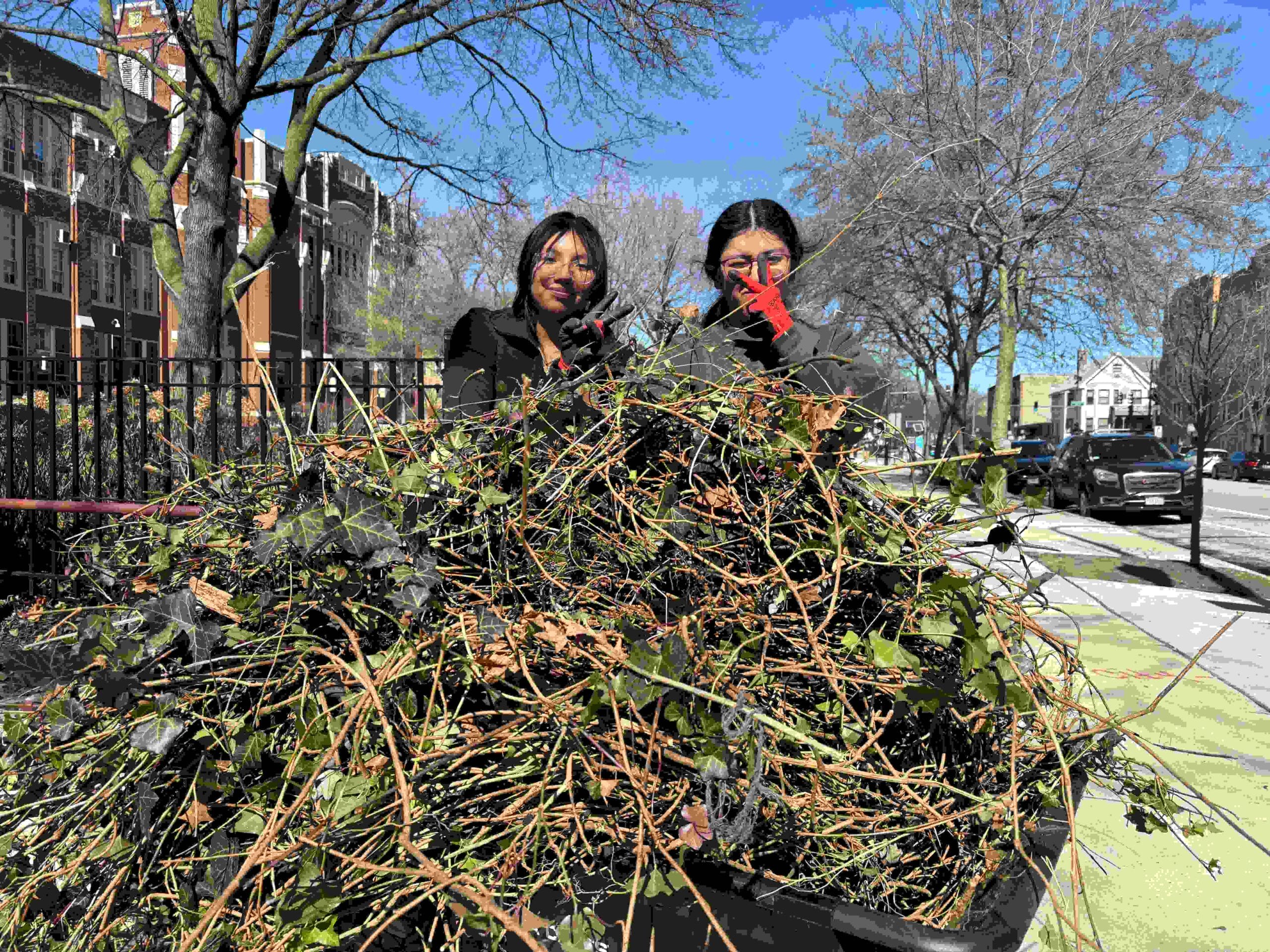Community Engagement
Customer Spotlight: Amundsen High School’s Seeds of Change Club
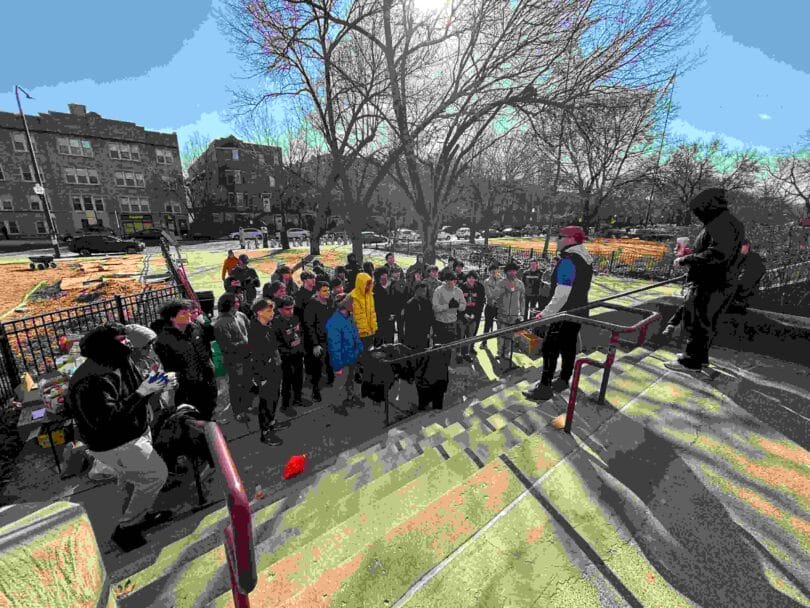
By: Julia Hammerlund | March 28, 2025
It’s 3:15 on a Tuesday afternoon in February and while the stream of students exiting Amundsen High School, a Chicago Public School, is steady: a biology room is teeming with the student members of The Seeds of Change Club. Whether its seed collection, propagation, creating a campus landscaping guide, caring for their campus canopy, or transforming sections of their campus into biodiverse hubs with Possibility Place Nursery plants: this student founded and led club has accomplished an astonishing amount since their 2023 inception and they’re just getting started!
As the club meeting begins, President & Founding Member, Melanie Perez Troya, directs her peers as they finish grabbing materials and prepping stations to assemble their signature fundraising item for their Spring Native Plant Sale: “Amund-Seeds”. These seed spheres encased in clay use native seeds the students collected in the fall from local ecotypes and then stratified themselves.
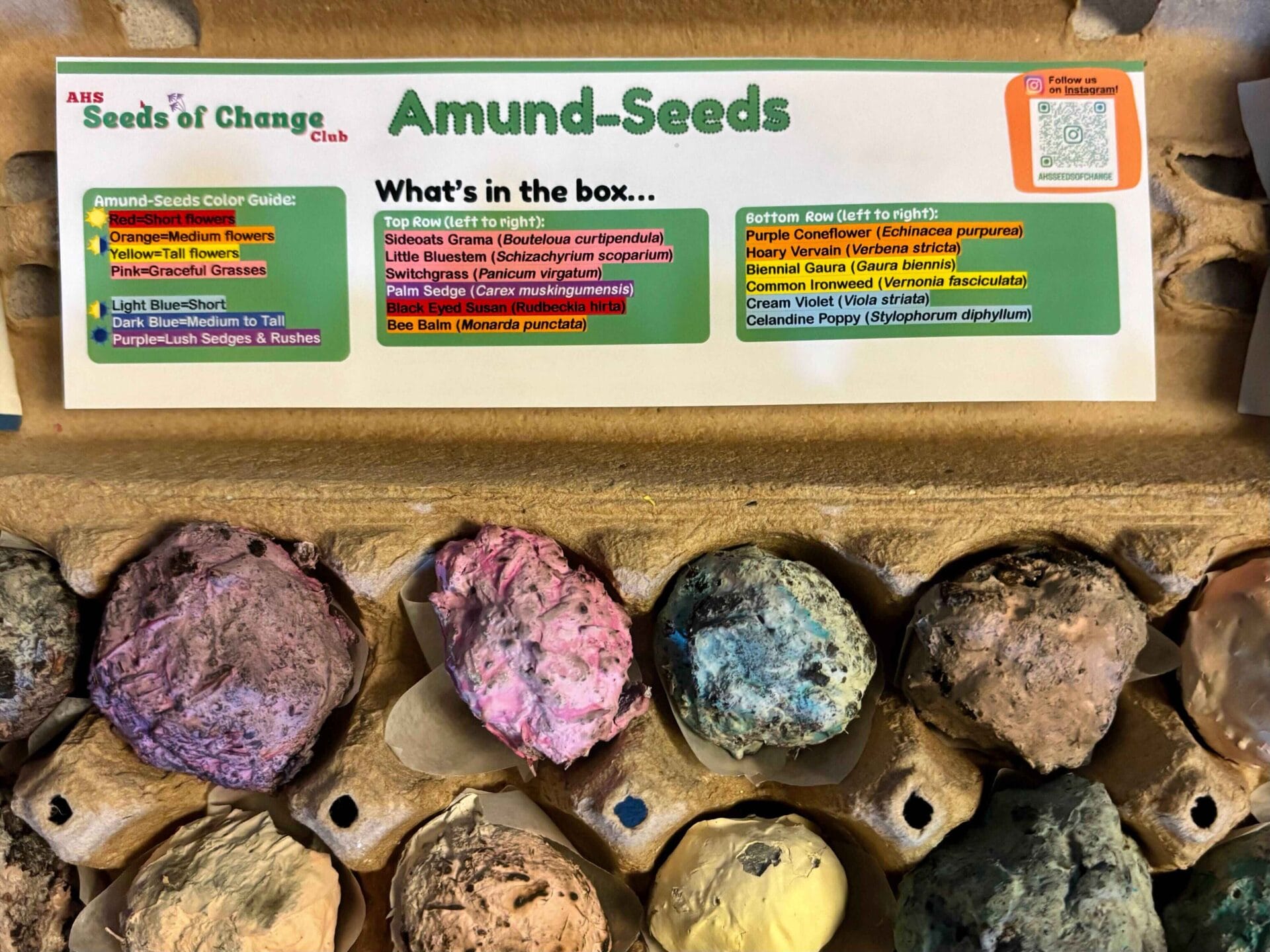
As the students work in teams they are quick to share why they love being a part of Seeds of Change. Lilah, Club Member, shares that they joined Seeds of Change last year as their concern for the climate crisis continued to grow. “There are a lot of eco-clubs here at Amundsen, but with Seeds of Change we do a lot of physical stuff: planting, mulching, watering. So, it really feels like I’m taking action, even if it’s on a really small local scale”, Lilah shares as they dip their Amund-Seed into clay.
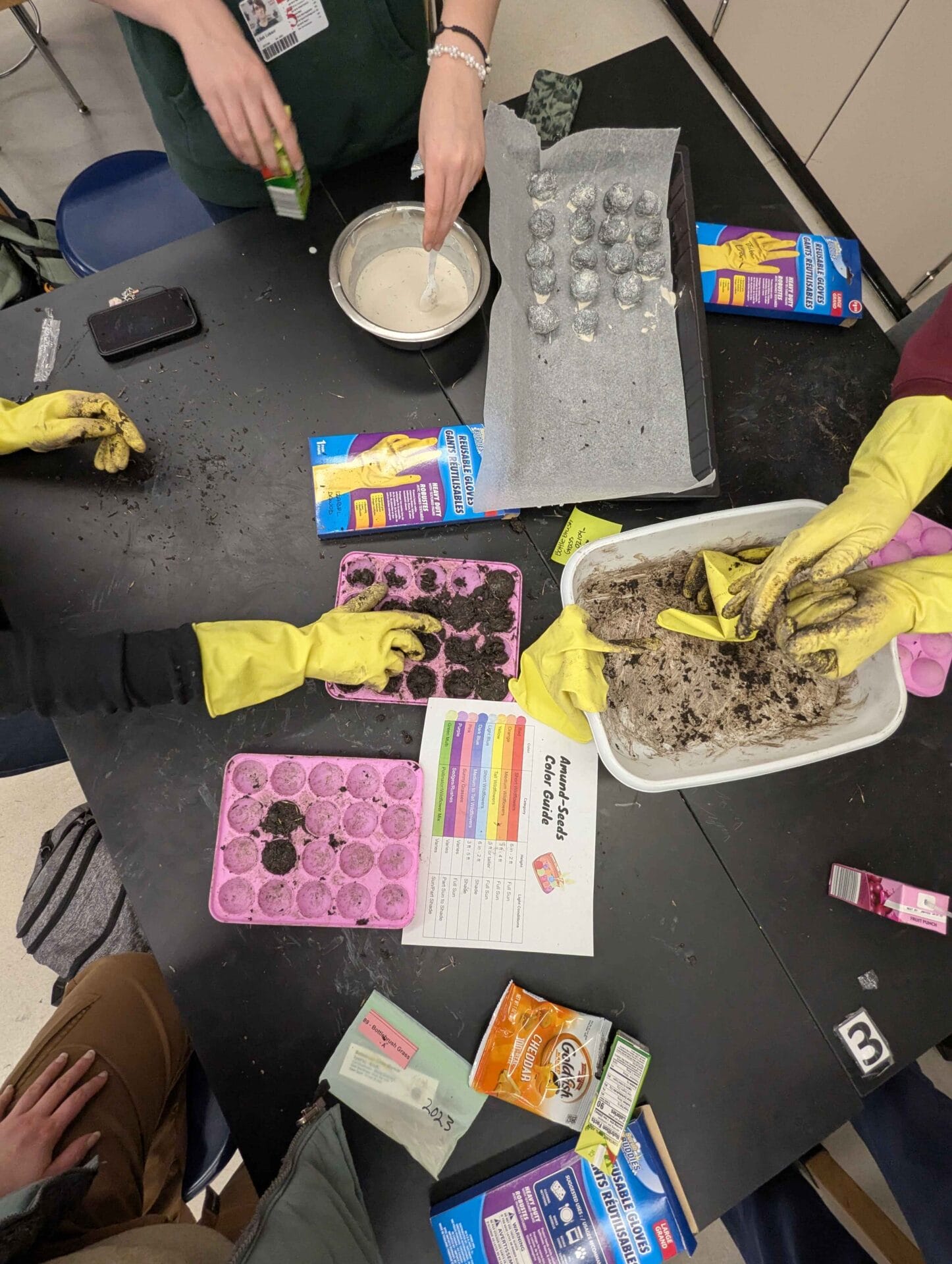
Club Graphic Designer, Izabel Dawod adds that they too love the labor aspect. “It gives me something to do, it’s good for the community.” They both mention how Club Sponsor & Amundsen’s Graphic & Visual Arts Educator, Andrew Breen inspires them with his passion for native plants. “He’s well researched about native plants and he’s into it just as much as we are which helps us all work together with the same level of passion” Lilah adds.
In 2024 the club was awarded the KidsGardening Youth Garden Grant & The IDNR Schoolyard Habitat Action Grant. They used the funds to tackle a few different projects, the largest being the transformation of five parking lot “islands” into biodiverse havens!
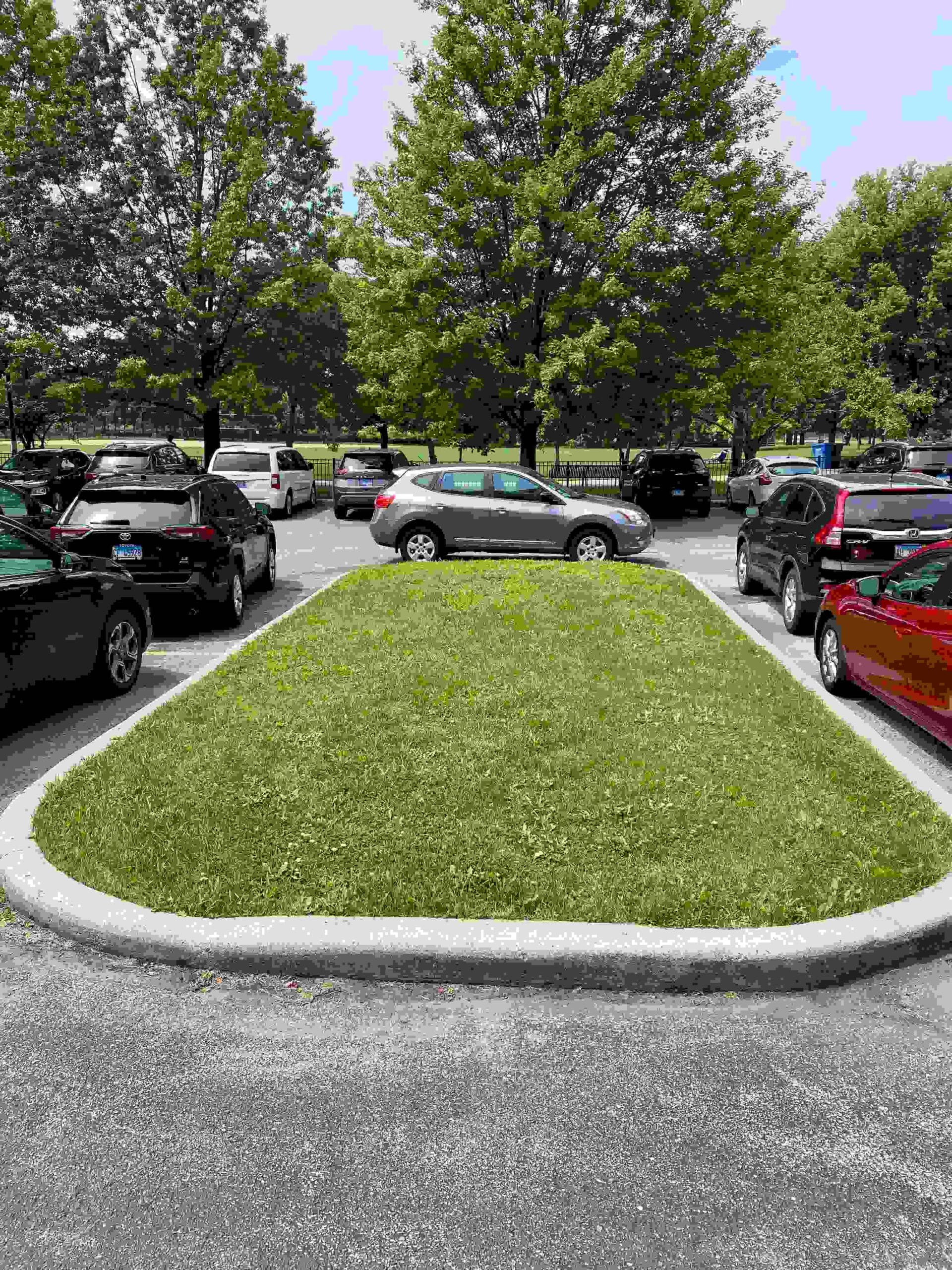
As a recommendation from a club parent who is a forester, the club really focused on using sedges and grasses such as Brown Fox Sedge (Carex vulpinoida), Prairie Dropseed (Sporoblous heterolepis), and Sideoats Grama (Bouteloua curtipendula) to serve as the foundation for their projects. Lead Plant (Amorpha canadensis), Rattlesnake Master (Eryngium yuccifolium), and Compass Plant (Silphium laciniatum) are a few of the 15 + species of native flowers the club selected to benefit from the living mulch of grasses they would be planted in. “One of the things we are really trying to instill into them (club members) is how the plants you choose directly affect habitat, and that it should not just be centered around aesthetics for the human eye”, says Breen.
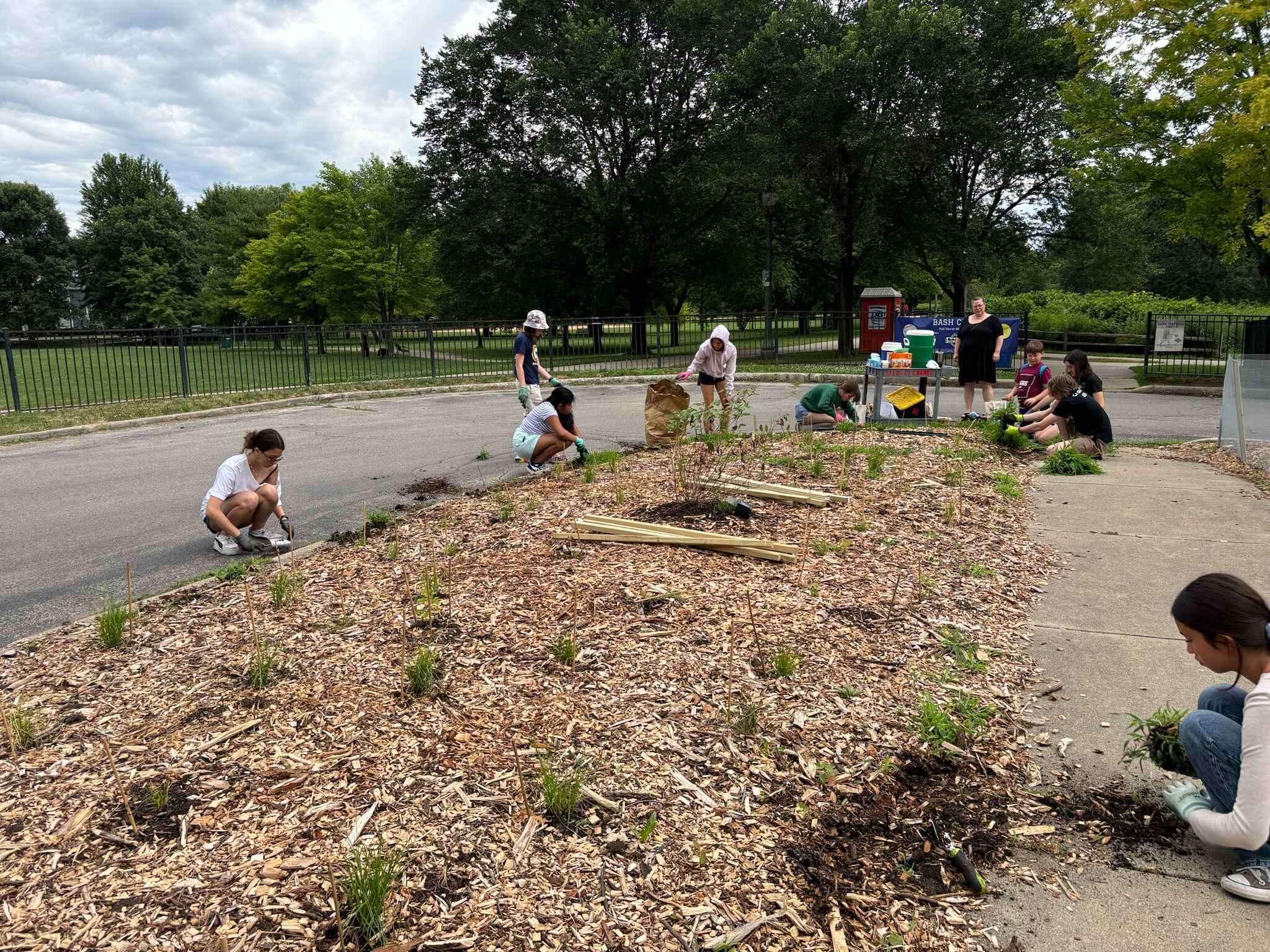
This sentiment is further exemplified in “The Wedge”, a triangular portion in front of the school that club members used a portion of their IDNR grant to reclaim from the English Ivy that had taken over. The Wedge’s “Champion” tree, a 30-40 year old Swamp White Oak, is now surrounded by a similar strong native sedge and grass composition, perennials, and a few trees and shrubs.
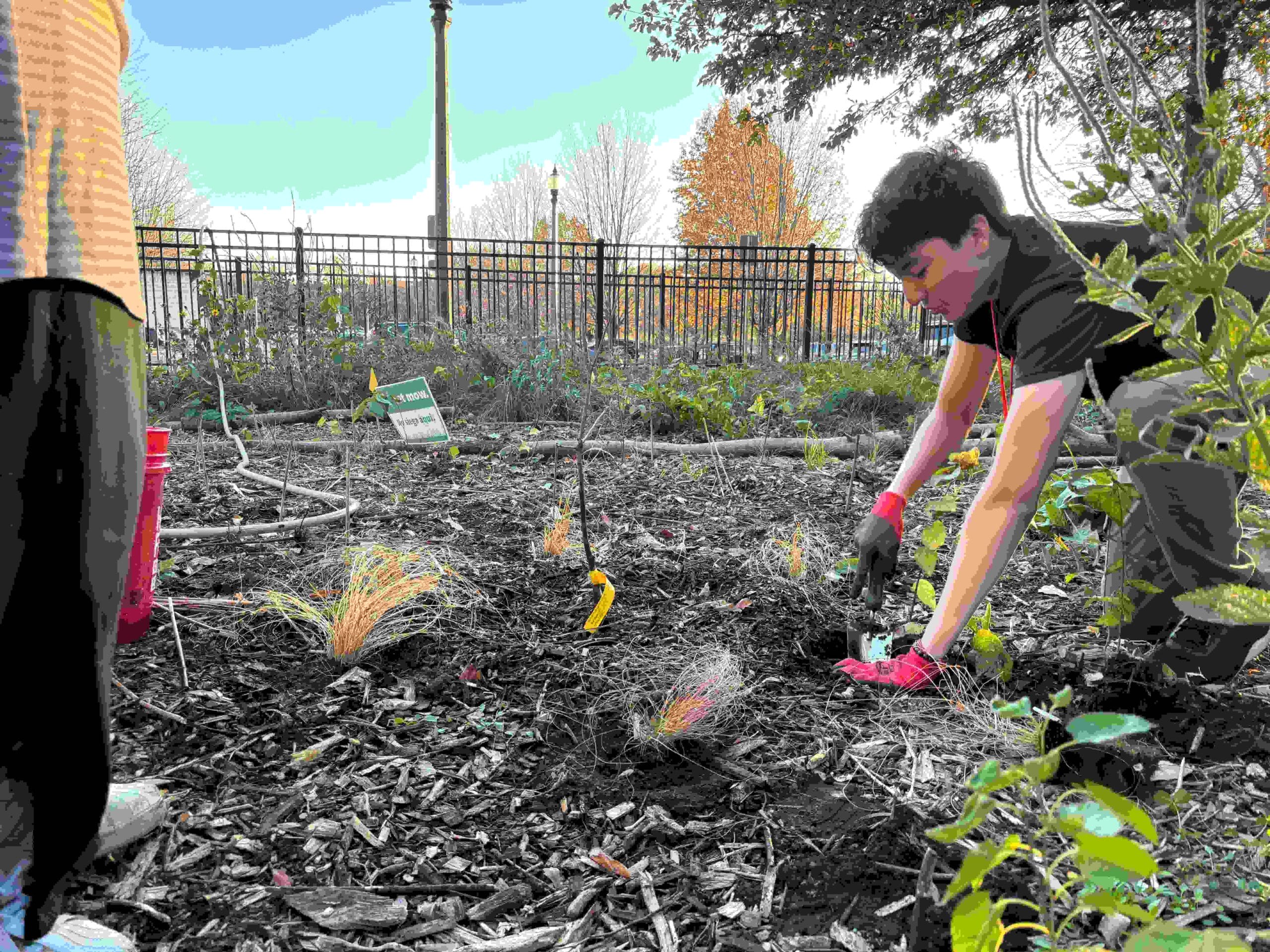
Founding Member, Tzvi Shaffer was one of many students who worked to remove the English Ivy in The Wedge and also helped out on the parking lot islands. “I want to pursue a career or degree in Wildlife Ecology. It’s cool to be able to ask Mr. Breen, Mr. Johnson (Todd Johnson- Club Sponsor + Biology Educator), and Mr. Javenkoski ( Jim Javenkoski- parent, Club Sponsor, & Openlands Treekeeper) questions. I probably learn something new every time I walk in here. Before this club I didn’t know certain plants were native and now I can walk around places and be like Oh! I know that plant!”, shares Shaffer.
Shaffer also mentions that one of their favorite parts of the club are Sustainability Saturdays: the volunteer workdays where students, parents, and faculty are invited to help steward the campus. One of the most notable for them was the January outing where Daniel M. Miraval and his team from Emerald Tree Care worked with club members to prune 20 percent of the campus’ 124 tree- canopy in two and a half hours! The crew showed students how to prune and use tools such as loppers.
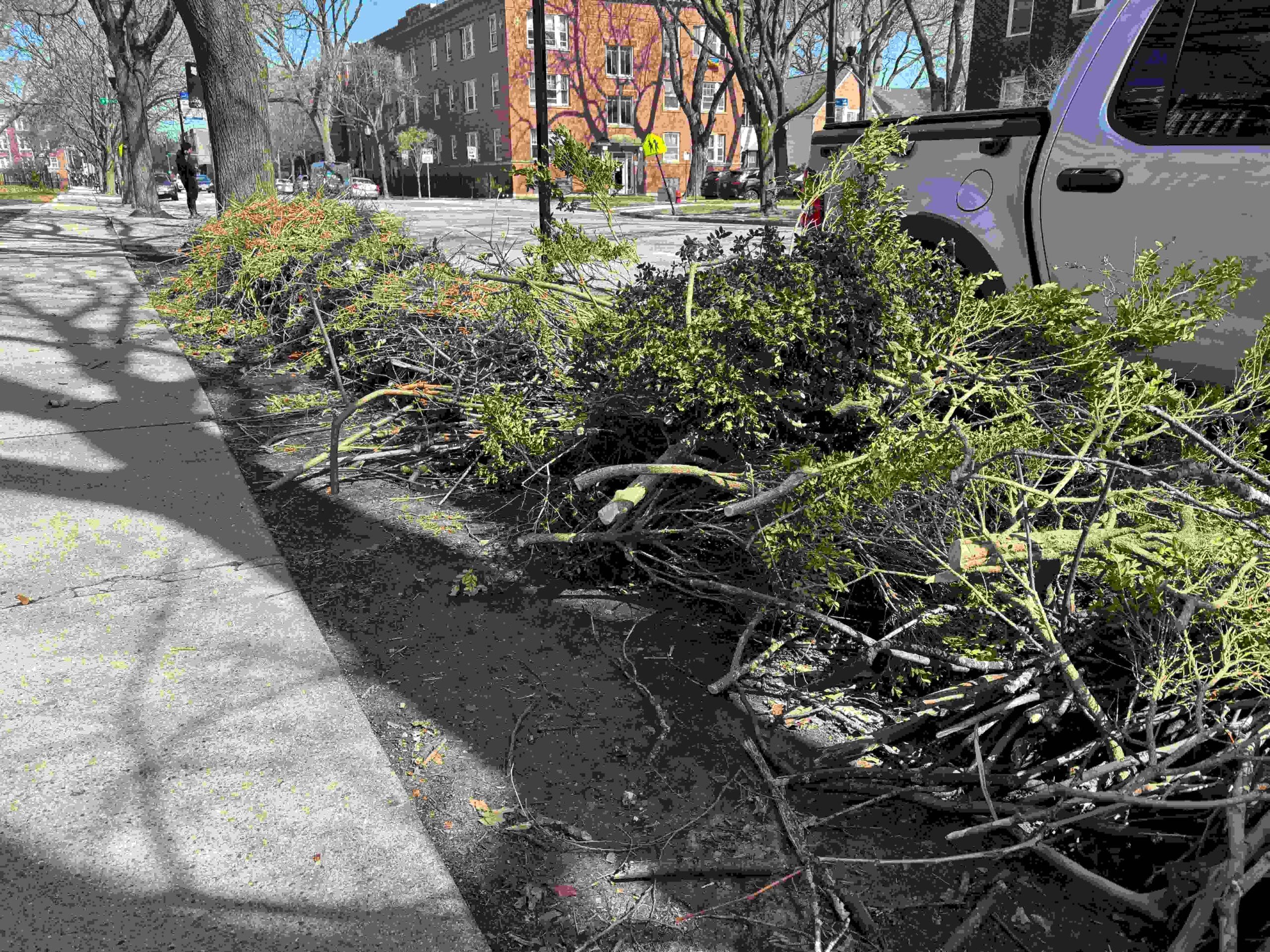
Last fall the club was also able to add some additional native tree species to their campus through the Openlands Tree Giveaway! The Possibility Place provided trees included Swamp White Oak (Quercus bicolor), Bur Oak (Quercus macrocarpa), Shingle Oak (Quercus imbricaria), Ironwood (Ostraya virginiana), and a Jack Pine (Pinus banksiana). The Jack Pine was so beautiful that it was unfortunately stolen; however, the club hopes to replace it this year.
The Seeds of Change club at Amundsen is a force not only on their campus, but in their community by exemplifying how collaborative action can create lasting change. The energy and passion that these students and their sponsors have for native plants, biodiversity, and sustainability is truly inspiring! If you would like to support the members of The Seeds of Change Club and their efforts, you can do so by purchasing from their native plant sale or by following along with their journey on instagram @ahsseedsofchange!
